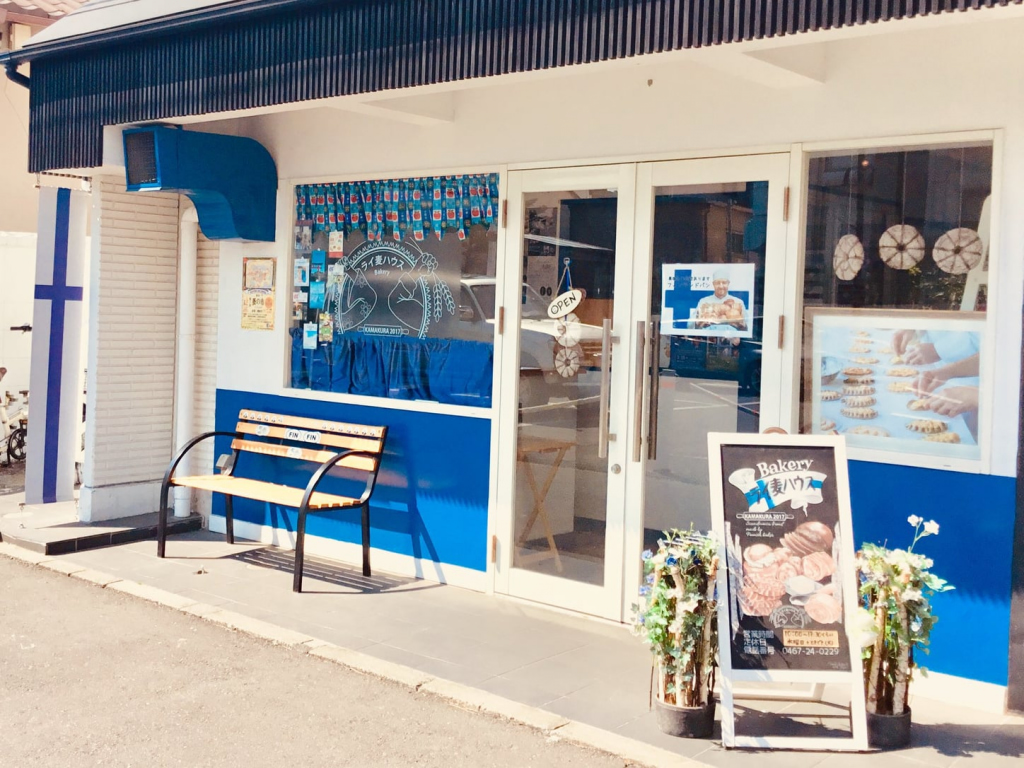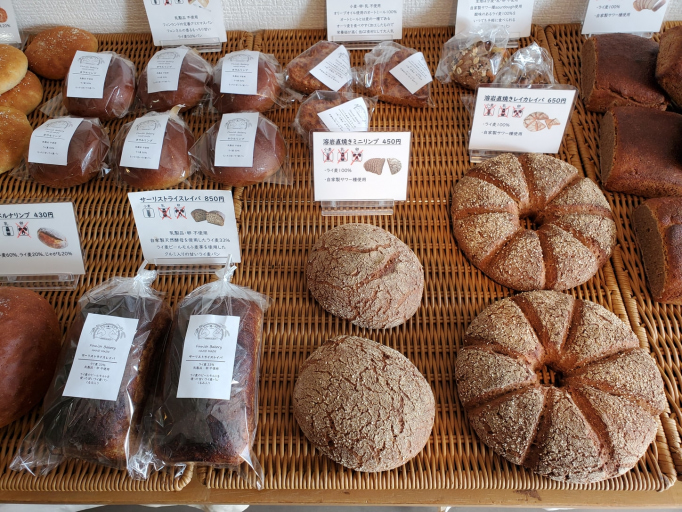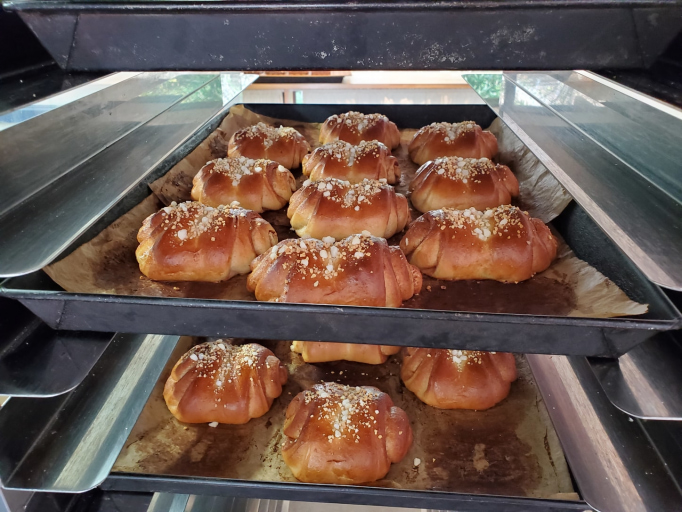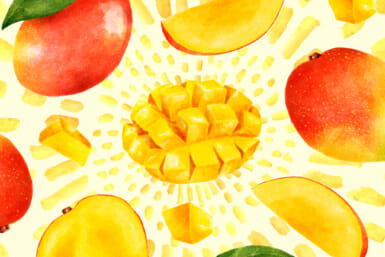There are a lot of reasons to love Japan. Great bread is not one of them. There’s nothing wrong with it per se, it’s just that the Japanese table bread, or shokupan, is usually a little too sweet and too light. Of course, that doesn’t mean it’s not tasty, but that it’s probably closer to cake than what most Westerners would consider “bread.” That’s why it would be fair to say that the Finnish Raimugi House Bakery in Kamakura makes the opposite of Japanese bread. Their authentic Finnish bread is worth hopping on the train for.

Photo courtesy of Raimugi House Bakery
Started in 2017 by the husband-and-wife team of Aki and Yuko Lappalainen, the bakery brings a taste of Aki’s homeland of Finland to the old Japanese capital of Kamakura.
“I ended going on a working holiday in Australia,” Aki recalls. “That’s where I met my wife. And during those two years that I was away from Finland, I kept asking myself: what do I miss about Finland? What’s the best thing about Finland? And I decided that it might be the bread. It’s delicious, of course, but it’s also unlike the bread that they have in other countries.”
There are four major grains that are used to make bread around the world: rye, barley, oats, and wheat. Wheat is of course the most popular in the majority of Western countries… except Finland. There, rye rules, and the same is true for Aki and Yuko’s bakery. In fact, the “raimugi” part of its name simply means “rye” in Japanese. Their 100% rye flour bread is unlike anything you will find at Japanese stores. Deliciously crunchy on the outside, it’s dense without feeling hard or dry on the inside. Rye bread can very occasionally be found in Japanese supermarkets, but it’s usually imported from abroad, and by the time it gets on the shelf, it can feel a little stale. Raimugi House Bakery is one of the few places in the whole Kanto region where you can get freshly-baked rye bread.
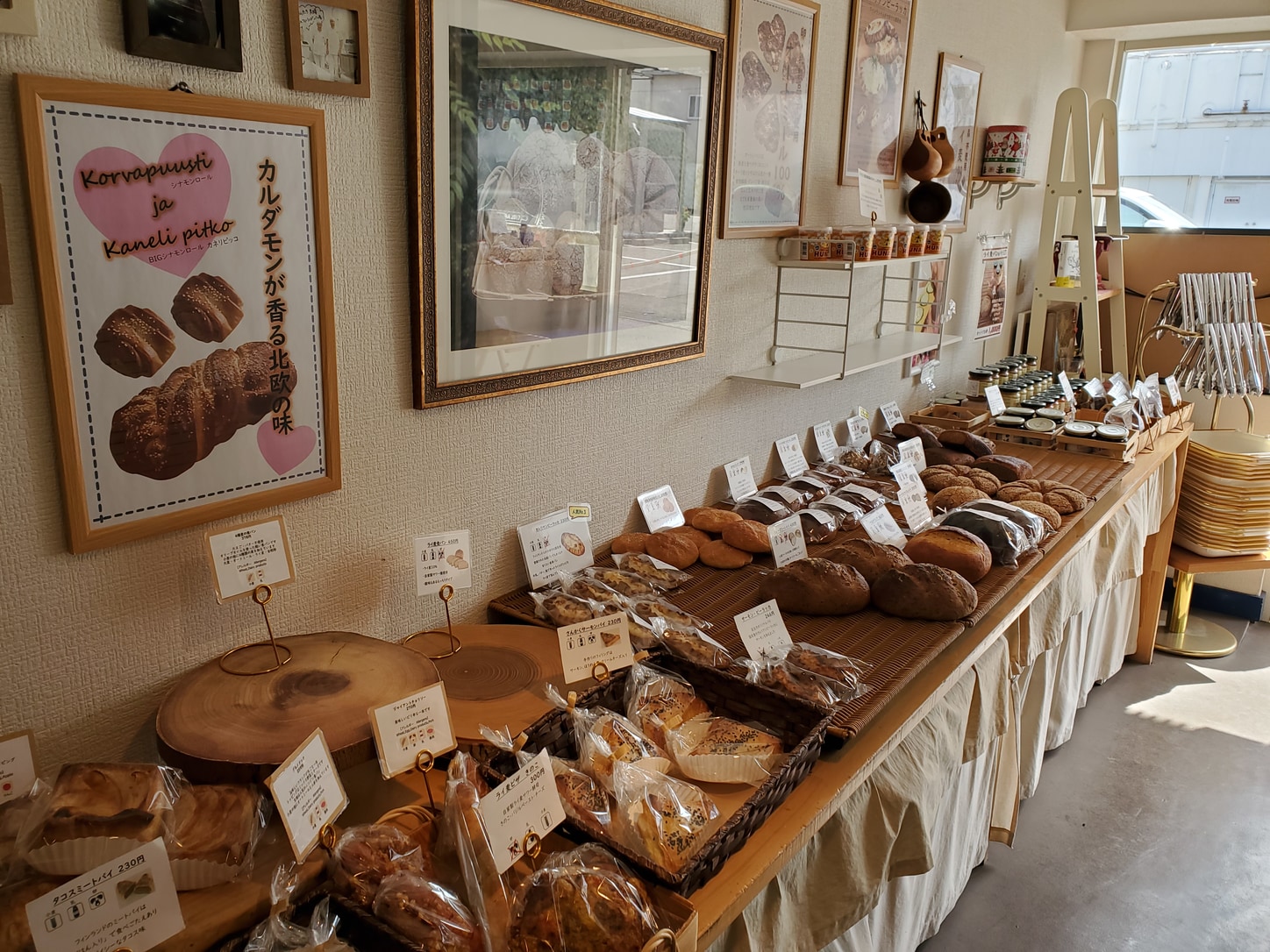
Their rye bread isn’t only delicious, it’s also authentic. “We use rye flour from Germany. Finland actually consumes so much rye that we don’t make enough of it domestically, so the country has to import rye from other countries, mainly Germany.” Aki says he eats their rye bread all the time, but also admits that its strong and sour taste might be too much for some Japanese palates. “Our #1 bestseller is actually the cinnamon roll. I think that’s what we might be most famous for. And our pies are also popular.”
The Raimugi House Bakery’s Karelian pasties (also known as Karelian pies or Karelian pirogs or karjalanpiirakka in Finnish) seem like something almost tailor-made for Japanese people. They are small, bite-sized pastries made with a rye flour mix, which gives them a unique taste that you won’t be able to find anywhere else, but without being too overpowering to people not used to rye. The other winning characteristic of this pastry is its filling. One of the most common fillings of a Karelian pasty is a kind of rice porridge, which looks and tastes very similar to a Japanese rice staple porridge dish called okayu. It makes the pastry feel a little more familiar to Japanese customers while also being its own, unique thing. The pies are also available with salmon and potato fillings.
It’s amazing to think that some of the best offerings from a culture that, truth be told, doesn’t really have a big foothold in Japan, are so easily available just off the main Komachi-dori shopping street, no more than 5-minutes on foot from Kamakura Station. “I was drawn to Kamakura because of the atmosphere,” Aki explains. “It’s close to the sea, surrounded by nature, not too big, and so on. I thought it would be the best place for us and our children.”
In the end, it was a win for everyone. Certainly for the Lappalainen family, whose bakery has by now become a neighborhood mainstay, but also for all the people visiting Kamakura, as now they can get a taste of Finland without making any big changes to their schedules. If you ever get the chance, visit the Raimugi House Bakery yourself and, if you have never tasted it, prepare to fall in love with Finnish bread.
Do you think there’s a rare foodie find in Tokyo or beyond worth writing for? Let us know at [email protected]
Read more food-related stories on TW:

